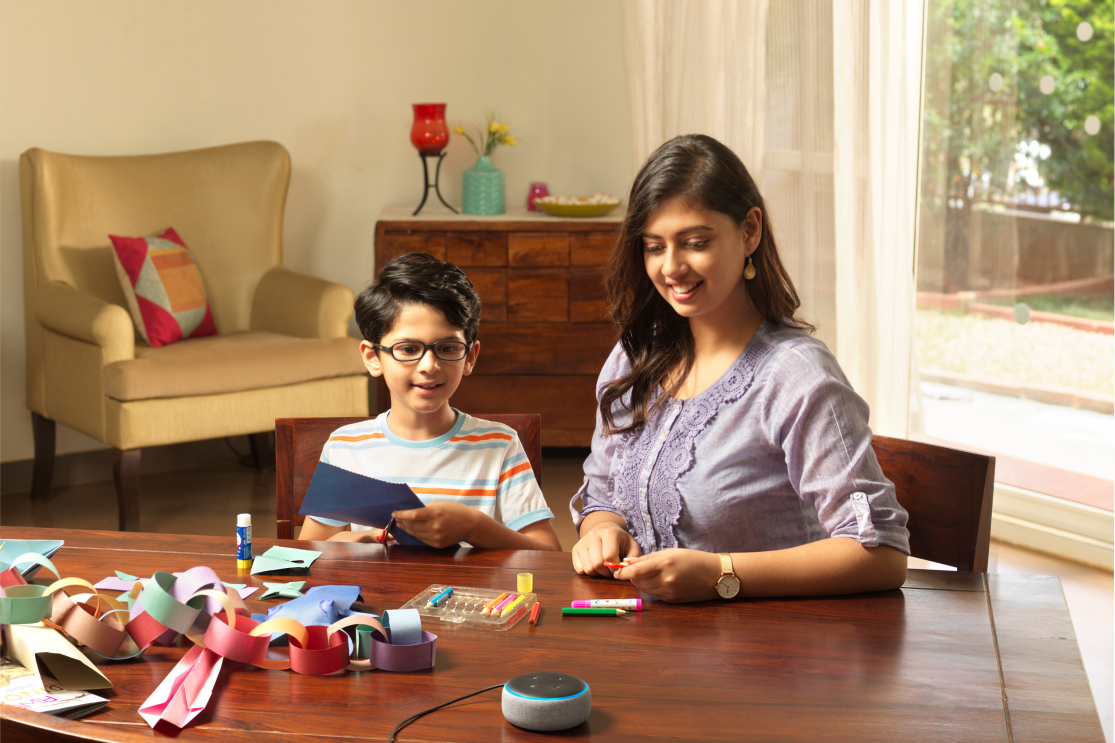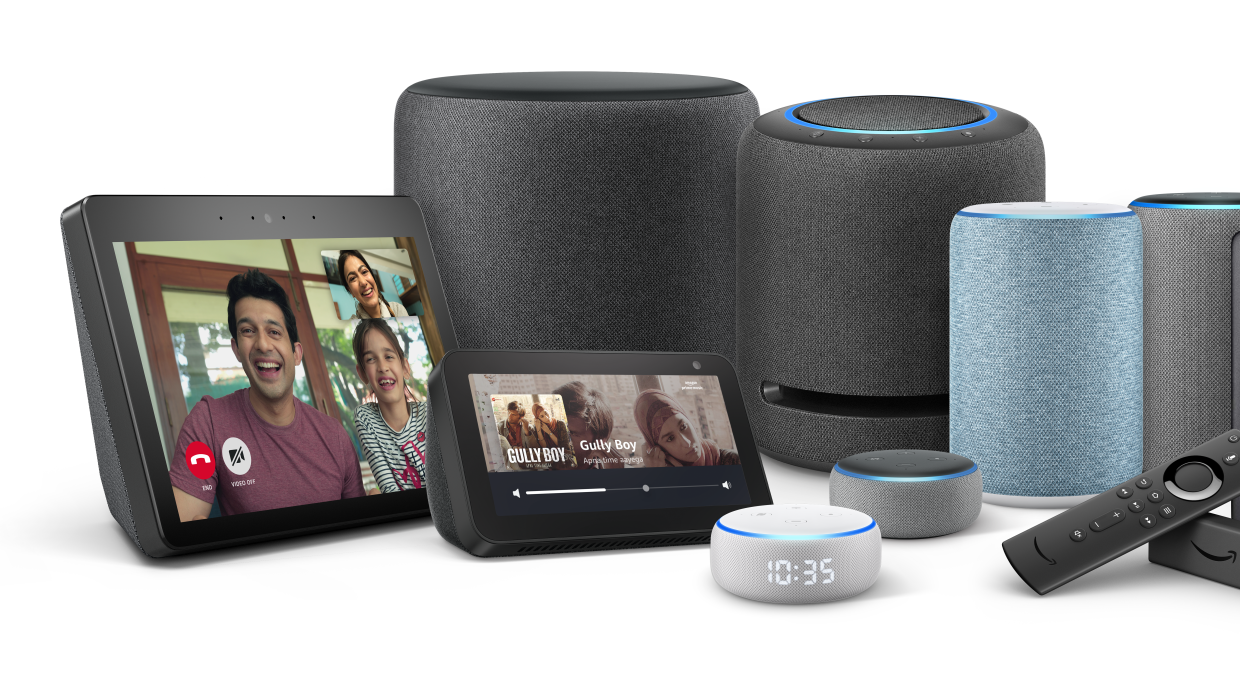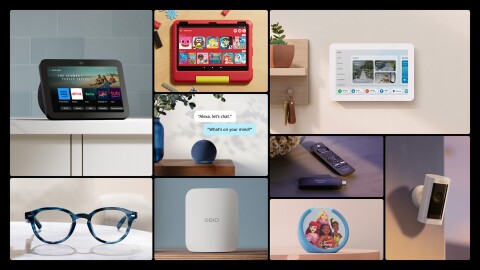Voice assistants have become a new member of many Indian households. You can interact with them through smart speakers, smartphones and other connected devices. A voice assistant uses artificial intelligence (AI) to recognize and respond to voice commands. You can get information, listen to music, control smart home appliances, set alarms and much more using simple voice commands.
A voice interface humanises the interaction between the user and the smart speaker. It is a very natural way of engaging with technology.
The key advantage of voice assistants is their speech interface. It can set you free from using a display screen or even the prerequisite of being able to read and write to use new-age computing devices.
A voice interface humanises the interaction between the user and the smart speaker. It is a very natural way of engaging with technology. In the last few years, we have come across some unique use cases and trends that lead us to believe that voice technology has the power to revolutionise the way we live.
Localisation of voice assistants is a key to higher usage
Gone are the days where one had to make an effort to learn how to use technology. Now, technology and AI are learning the language of users. Existing voice assistants are trained to understand Indian languages, accents, and intonations which help them in responding to user requests. Since the AI is based in the cloud, it is constantly updated and getting better at speech recognition.

Users are getting comfortable to have conversations with voice assistants because of their human-like voice, a wealth of information on topics such as cricket, spirituality and Bollywood, that matter to them and a distinct Indian personality that has opinions, likes and dislikes. It's like interacting with another person for information. For example, a qualitative survey by Quantum Consumer Solutions Pvt Ltd. revealed that while some users interact with a voice assistant for functional requirements such as music or home automation, some have warmed up to the AI as a family member, friend and a companion that keeps loneliness at bay.
Bringing the family together with a common voice assistant
Voice assistants are creating new possibilities to touch lives and bring a meaningful change. While most of the existing gadgets such as smartphones or laptops cater to individual needs, smart speakers are usually placed in common areas at home to be used by all family members. For example, during the current lock-down many users are turning to their voice assistants and enjoying features ranging from music for every mood, information about the COVID-19 pandemic to games that can be played together. They have become the go-to source for entertainment and fun for the entire family.
Smart speakers make education fun and engaging
Kids love listening to stories, asking for nursery rhymes and learning alphabets with voice assistants because of its interactive nature. The uses of voice assistants have gone beyond urban homes and metro cities to schools in rural areas of Maharashtra, Kerala, and Chhattisgarh.
Amol Bhuyar, an assistant teacher at a Zila Parishad school in Warud village of Maharashtra, realised Alexa could be a game-changer in his classroom. He installed a smart speaker inside a mannequin so that his students could ask general knowledge and maths-related questions to the voice assistant and improve their English speaking skills. A similar initiative by Pooja Sankhe, a teacher with Brihanmumbai Municipal Corporation (BMC) schools in Mumbai, resulted in increased attendance and participation in the classroom. The emulation of this success in multiple schools shows how voice assistants are being embraced as a new teaching method.
Voice assistants are becoming a key part of our everyday lives - be it transformative, familiar or just convenient for all. What we are seeing is only the tip of the iceberg in terms of what voice technology has to offer. It will continue to unfold newer possibilities to transform lives across age, gender, and diversities.
(This article first appeared in the Business World)













